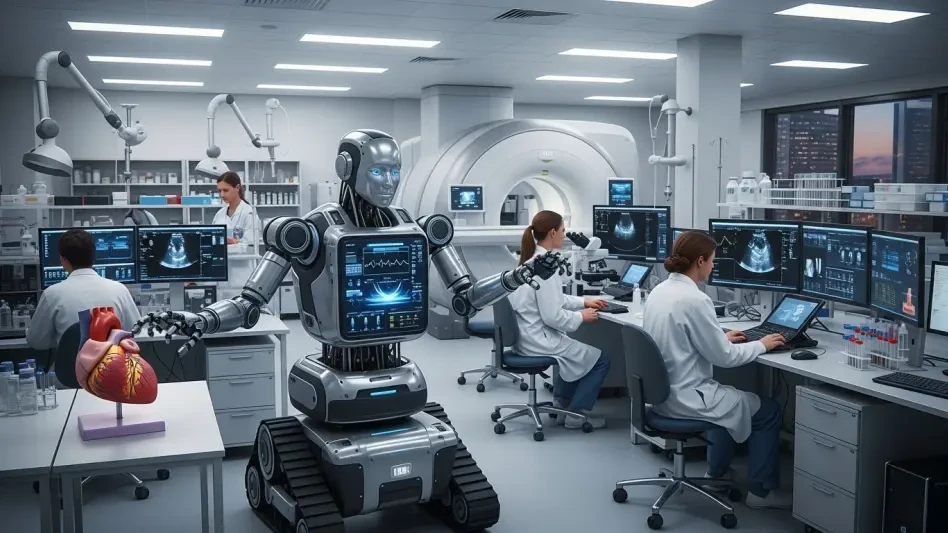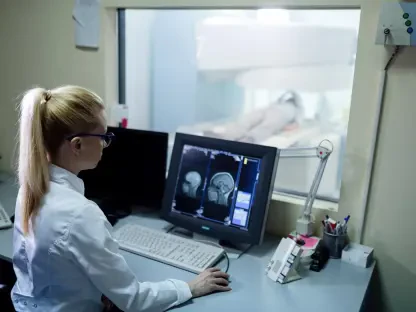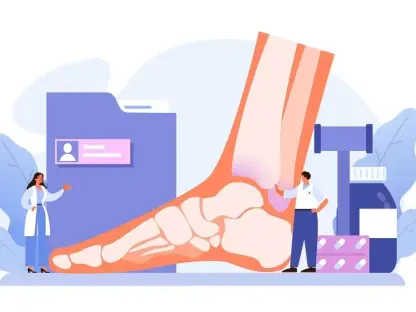Today, we’re thrilled to sit down with Faisal Zain, a renowned healthcare expert with deep expertise in medical technology. With years of experience in the manufacturing of diagnostic and treatment devices, Faisal has been at the forefront of innovation in healthcare. In this conversation, we dive into the exciting world of AI in cardiovascular health, exploring groundbreaking initiatives like the AI Assessment Lab, the challenges of validating predictive models, and the potential to transform patient care across diverse hospital systems. We’ll also touch on the role of partnerships in driving trust and accessibility, as well as the future of AI in bridging gaps in healthcare delivery.
Can you start by telling us about the AI Assessment Lab and what prompted its launch at this particular time?
The AI Assessment Lab is a pioneering effort to validate AI models specifically designed for cardiovascular health and related conditions. It’s a response to the rapid growth of AI technologies in healthcare, where there’s a pressing need for standardized evaluation to ensure safety and effectiveness. The timing is critical because AI is already being used to predict serious events like heart failure or heart attacks, but without a robust framework, hospitals struggle to trust and implement these tools. This lab aims to fill that gap by providing rigorous assessments and building confidence among healthcare providers.
What specific challenges in AI for heart health is this lab trying to address?
One of the biggest challenges is the lack of standardized guidelines for evaluating AI models. Many algorithms show promise, but hospitals often don’t know how to deploy or monitor them effectively. There’s also the issue of ensuring these tools are safe for patients and relevant to diverse populations. The lab focuses on creating a structured process to test these models, making sure they’re not just accurate in theory but practical and reliable in real-world clinical settings.
How does a long-standing history in healthcare contribute to the credibility of this initiative?
A century of expertise in cardiovascular care lends tremendous weight to this project. When an organization has been setting medical guidelines and earning the trust of clinicians for so long, it’s uniquely positioned to lead in a new area like AI validation. That history reassures health systems that the assessments are grounded in deep clinical knowledge and a commitment to patient well-being, which is essential when adopting cutting-edge technology.
What types of AI models or algorithms will the lab be focusing on for evaluation?
The lab will evaluate a range of predictive models, primarily those related to heart conditions—think algorithms that forecast the risk of heart failure or a heart attack. But it’s not limited to just that; we’re also looking at models for related issues like kidney disease and diabetes, since these often intersect with cardiovascular health. This broader scope ensures we’re addressing the full spectrum of patient needs and supporting a wide variety of developers.
Can you share an example of a specific prediction or outcome the lab might assess in these models?
Absolutely. One example would be an algorithm designed to predict a patient’s likelihood of experiencing heart failure within a certain timeframe. The lab would test how accurately it identifies at-risk individuals, whether it’s biased toward certain demographics, and how actionable its predictions are for doctors. It’s about ensuring the model doesn’t just spit out numbers but actually helps clinicians intervene effectively.
How does the collaboration with a data-focused partner enhance the work of this lab?
Partnering with a data expert is crucial because they bring specialized capabilities in handling and analyzing vast amounts of de-identified patient information. Their role is to rigorously review the AI algorithms, both before and after regulatory milestones like FDA clearance, if applicable. This collaboration ensures that the assessments are data-driven and reflective of real-world populations, which is vital for credibility and relevance.
What steps are involved in the process of assessing an AI model within the lab?
The process is thorough and multi-layered. It starts with an initial technical evaluation of the algorithm’s performance using extensive datasets to test accuracy and reliability. Then, there’s a clinical review by a committee of experts from various health systems who provide insights on practical applicability. Post-assessment, we produce detailed reports on both technical performance and potential economic impact. If relevant, we also monitor how the model performs after deployment in hospitals to ensure ongoing effectiveness.
How does the impact assessment generated by the lab benefit potential users of these AI models?
The impact assessment is designed to go beyond just technical stats. It quantifies the economic value of a model by analyzing factors like the cost of the condition it targets and how often it correctly predicts events. This gives health systems a clear picture of the financial benefits, which is especially important for decision-makers who need to justify investments in new technology. It’s about showing not just that a model works, but that it’s worth implementing.
In what ways does tailoring assessments to specific health systems support smaller or rural hospitals?
Tailoring assessments means we can use proxy datasets that mirror the demographics and health challenges of a specific hospital’s patient population. For smaller or rural hospitals, this is a game-changer because they often lack the resources to conduct their own validations. By providing insights into how a model might perform in their unique environment, we help level the playing field, making AI accessible and relevant even to under-resourced facilities.
What do you mean when you say this approach isn’t quite the same as local validation, and how does it still help health systems?
Local validation is the gold standard, where an algorithm is tested directly on a hospital’s own data. Our approach, however, uses proxy datasets that closely resemble a health system’s population. While it’s not the exact same as local testing, it still gives hospitals a strong sense of how an algorithm might perform for their patients. It’s a practical stepping stone, especially for systems that can’t afford or manage full local validation, offering them a higher degree of confidence in adopting AI.
How do you see the lab making a difference for smaller or rural hospitals in adopting AI technology?
Smaller and rural hospitals often face significant barriers—limited budgets, staff shortages, and lack of technical expertise. The lab helps by doing the heavy lifting of validation and providing clear, actionable reports on both performance and economic impact. This reduces the risk and uncertainty for these hospitals, allowing them to adopt AI tools that can improve patient outcomes without needing massive internal resources. It’s about ensuring that cutting-edge care isn’t just for big urban centers.
What is your forecast for the future of AI in cardiovascular health over the next decade?
I’m incredibly optimistic about the next ten years. I believe we’ll see AI become a cornerstone of cardiovascular care, not just in predicting risks but also in personalizing treatments and improving early interventions. With initiatives like the AI Assessment Lab, we’ll build the trust and frameworks needed to integrate these tools seamlessly into everyday practice. I also expect AI to play a huge role in closing gaps in access to care, especially for underserved communities, as long as we keep focusing on equity and rigorous validation. The potential to save lives and reduce healthcare costs is enormous.









